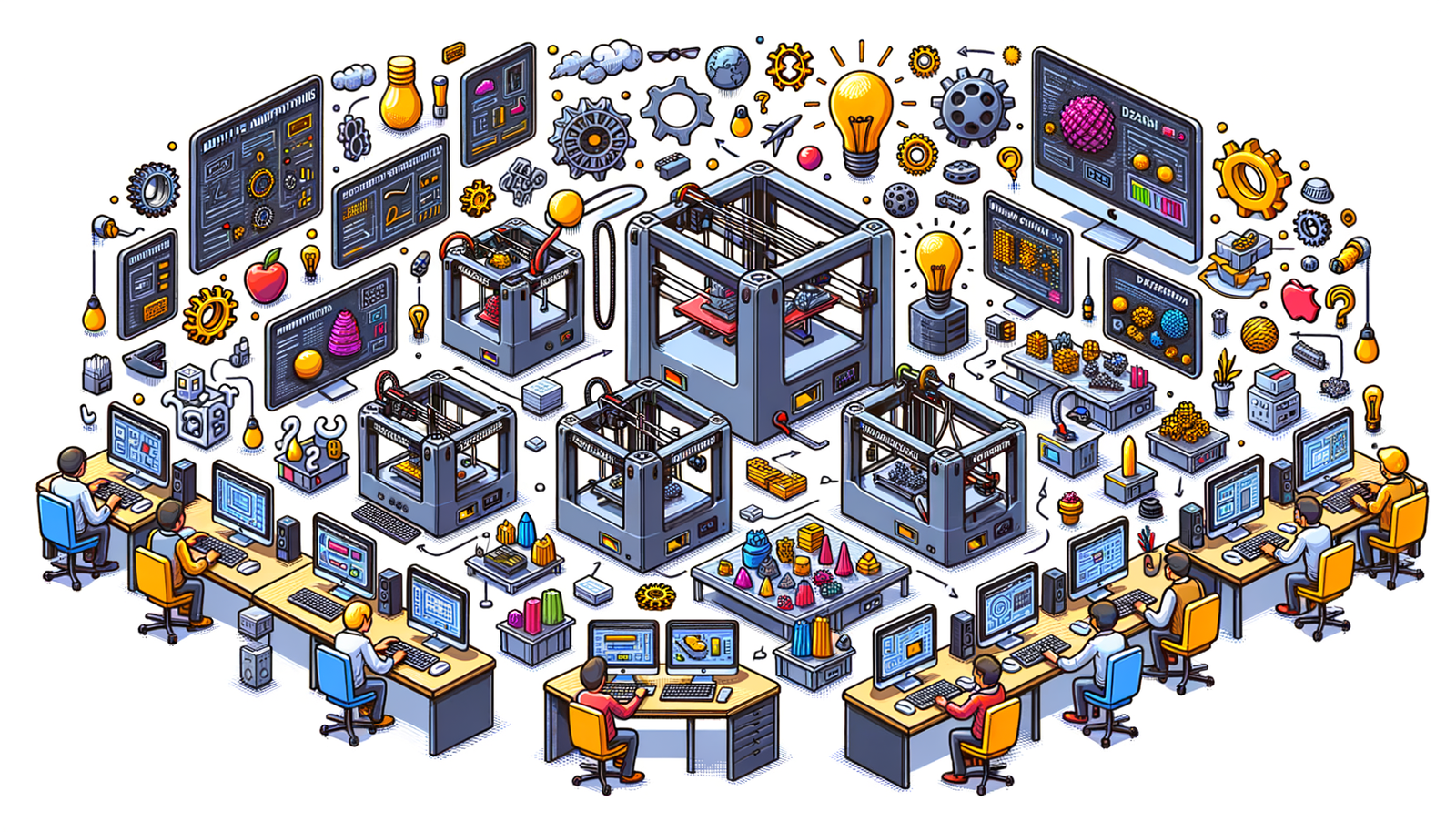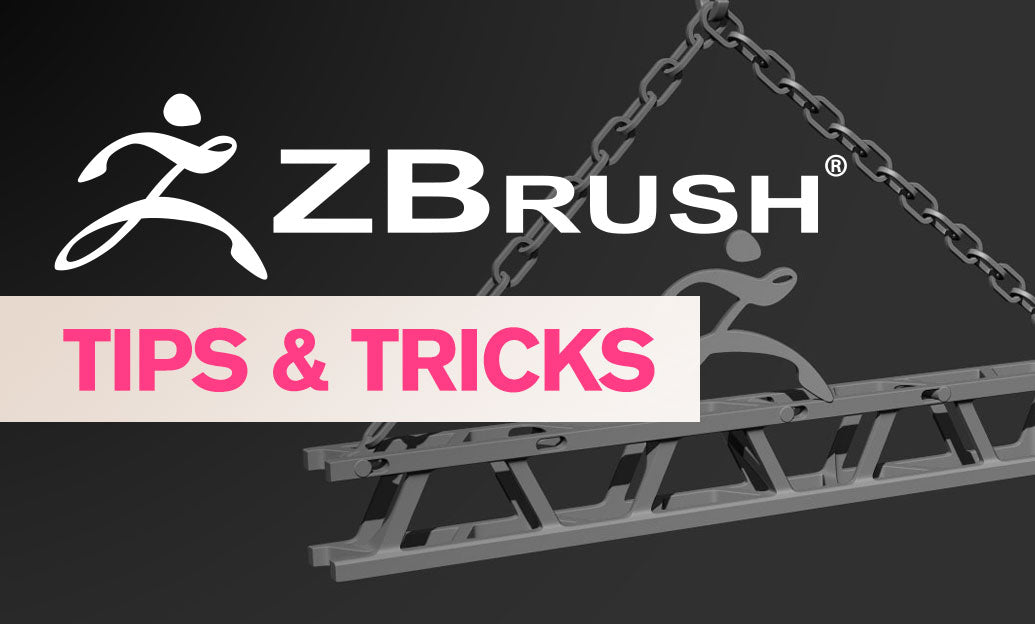Your Cart is Empty
"Great customer service. The folks at Novedge were super helpful in navigating a somewhat complicated order including software upgrades and serial numbers in various stages of inactivity. They were friendly and helpful throughout the process.."
Ruben Ruckmark
"Quick & very helpful. We have been using Novedge for years and are very happy with their quick service when we need to make a purchase and excellent support resolving any issues."
Will Woodson
"Scott is the best. He reminds me about subscriptions dates, guides me in the correct direction for updates. He always responds promptly to me. He is literally the reason I continue to work with Novedge and will do so in the future."
Edward Mchugh
"Calvin Lok is “the man”. After my purchase of Sketchup 2021, he called me and provided step-by-step instructions to ease me through difficulties I was having with the setup of my new software."
Mike Borzage
August 28, 2024 5 min read


Additive Manufacturing (AM), commonly known as 3D printing, is a process of creating three-dimensional objects from a digital file. The creation is achieved using additive processes, where successive layers of material are laid down until the object is complete. This method contrasts with traditional subtractive manufacturing methods, which involve cutting away material to achieve the desired shape. The significance of AM in modern design and production cannot be overstated, as it opens up new possibilities for customization, complexity, and efficiency.
The history of AM dates back to the 1980s, with the development of stereolithography (SLA) by Charles Hull. Since then, numerous AM technologies have been introduced, including selective laser sintering (SLS), fused deposition modeling (FDM), and direct metal laser sintering (DMLS). These technologies have evolved over time, becoming more advanced and accessible, and have paved the way for the widespread adoption of AM in various industries.
AM has made significant inroads into a variety of industries, providing unique advantages and transforming traditional manufacturing processes. Some of the key industries include:
The advantages of AM over traditional manufacturing methods include:
One of the primary applications of AM has been in the realm of rapid prototyping. The ability to quickly produce physical prototypes directly from digital designs has revolutionized the design process. AM facilitates rapid iteration and validation of designs, allowing designers and engineers to test and refine their concepts with unprecedented speed and flexibility.
While AM started as a tool for prototyping, recent advances in technology have enabled its transition to full-scale production. Innovations in AM materials, machines, and processes have improved the quality, repeatability, and efficiency of AM-produced parts, making it viable for mass production.
Scalability is a key advantage of AM in production settings. The ability to produce parts on-demand and in small quantities without the need for expensive tooling is particularly beneficial for industries that require customization or have low-volume production runs. Additionally, AM supports mass customization, offering the flexibility to produce unique, personalized products at scale.
Designing for AM requires a different mindset compared to traditional manufacturing methods. There are unique design constraints and opportunities that must be considered:
To optimize designs for AM, it is essential to follow guidelines that leverage the strengths of the technology while mitigating its limitations. This includes considerations like minimizing overhangs, optimizing layer orientation, and designing for post-processing requirements.
Several leading design software solutions have been tailored specifically for AM, offering features and capabilities that streamline the design-to-production workflow:
The landscape of AM is continuously evolving, with several exciting trends on the horizon:
Despite the promising advancements, AM still faces several challenges that need to be addressed to realize its full potential:
To overcome these challenges, ongoing research, technological innovation, and collaboration across industries are crucial. Developing new materials, improving post-processing techniques, and leveraging AI and machine learning to enhance efficiency and quality will drive the broader adoption of AM in production settings.
In summary, additive manufacturing has the transformative potential to revolutionize the design and production landscape. From its origins in rapid prototyping to its current and future applications in full-scale production, AM offers unparalleled advantages in terms of design flexibility, customization, and efficiency. As technology continues to advance and overcome existing challenges, the integration of AM into mainstream manufacturing processes will likely accelerate, unlocking new possibilities and driving innovation across industries.
The future of AM is bright, with ongoing advancements in multi-material printing, bioprinting, large-scale AM, and the integration of AI and machine learning. These trends will further enhance the capabilities and applications of AM, solidifying its role as a cornerstone of modern manufacturing.

May 11, 2025 5 min read
Read More
May 11, 2025 2 min read
Read MoreSign up to get the latest on sales, new releases and more …